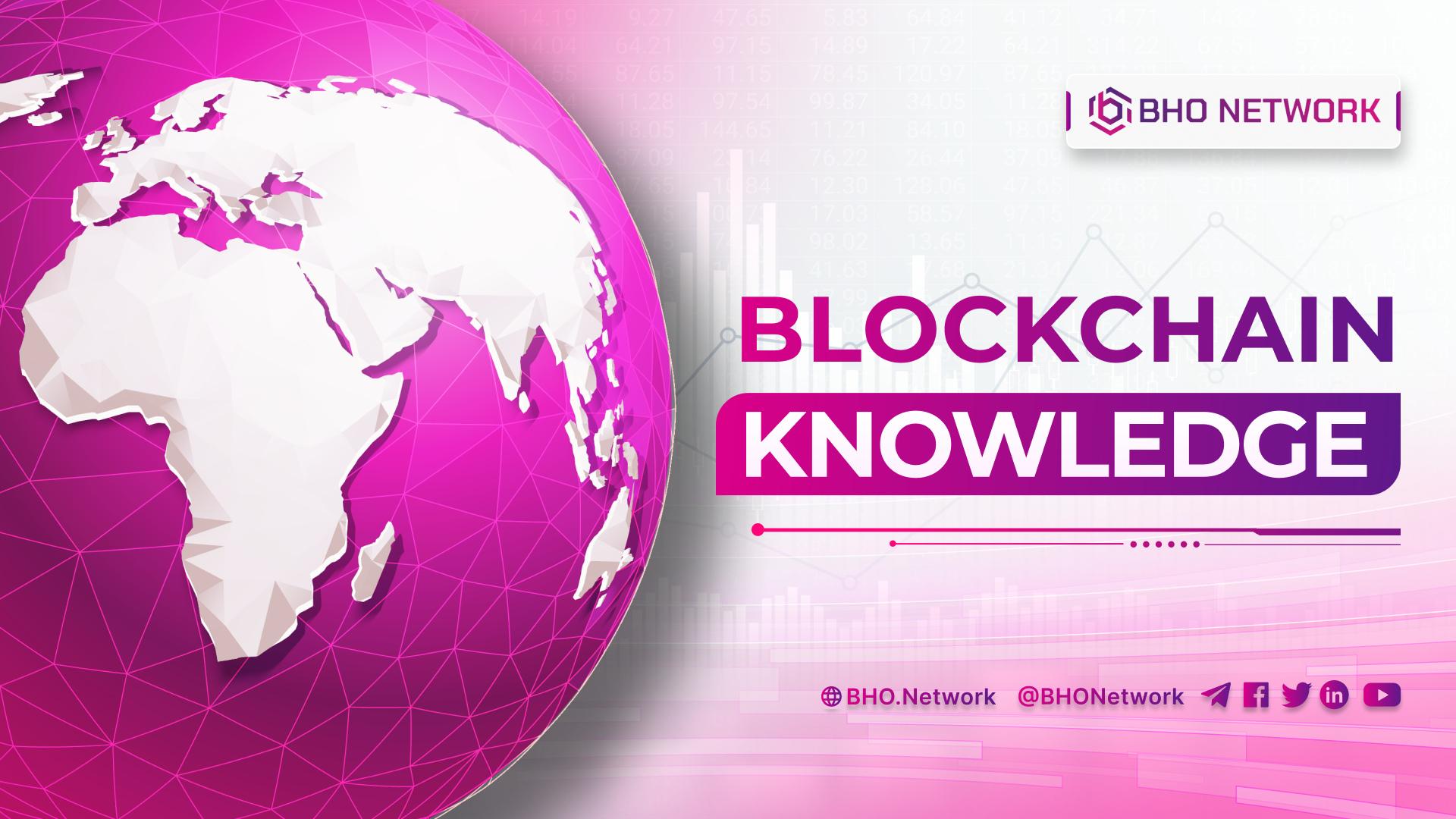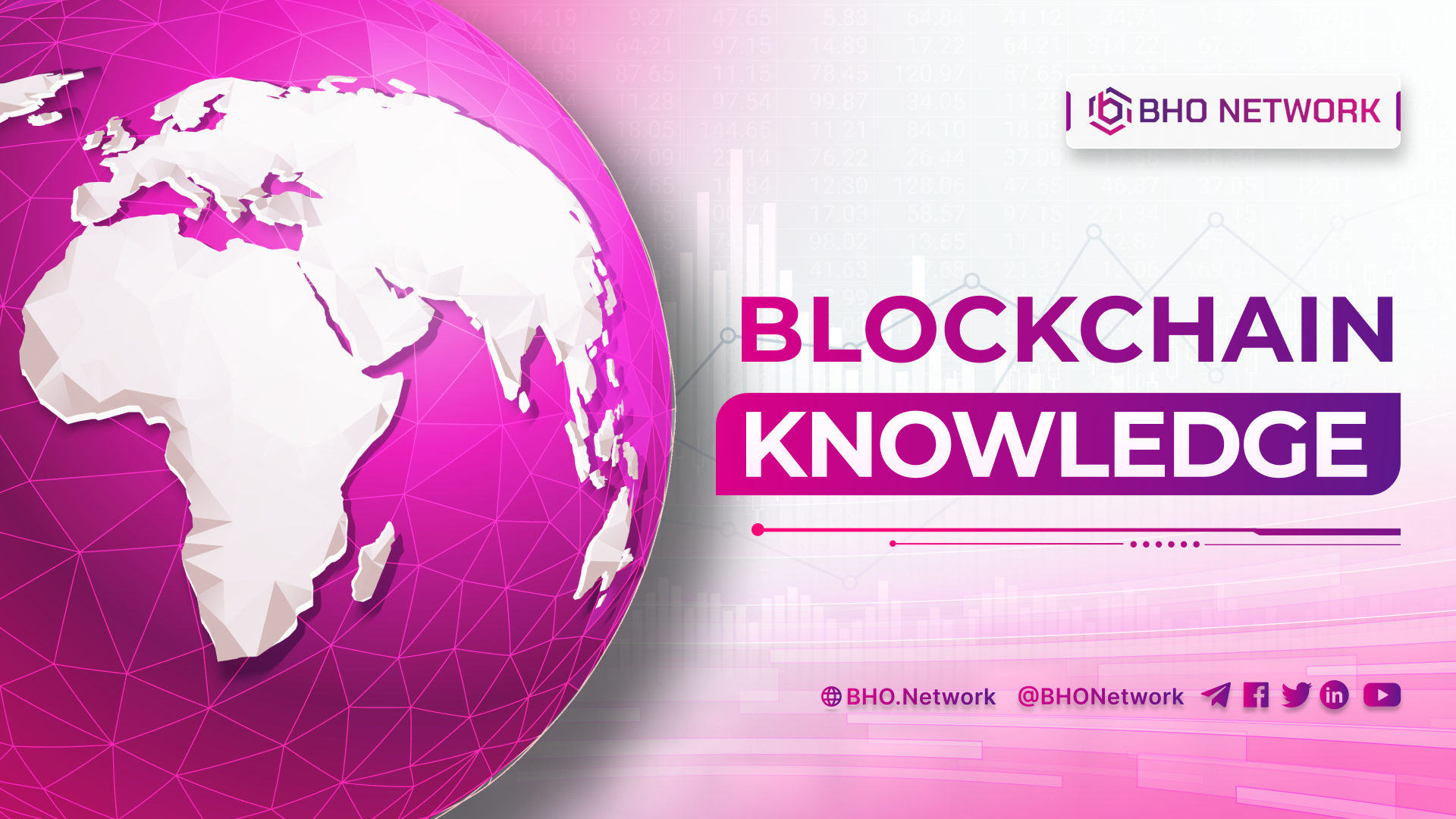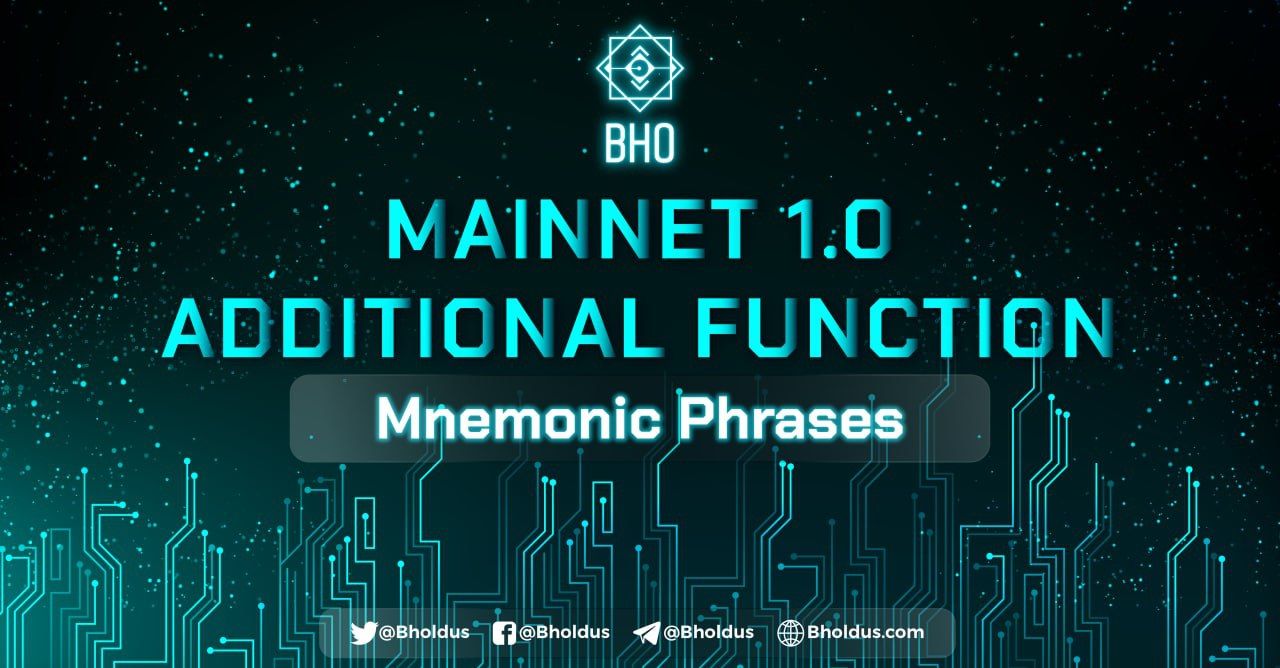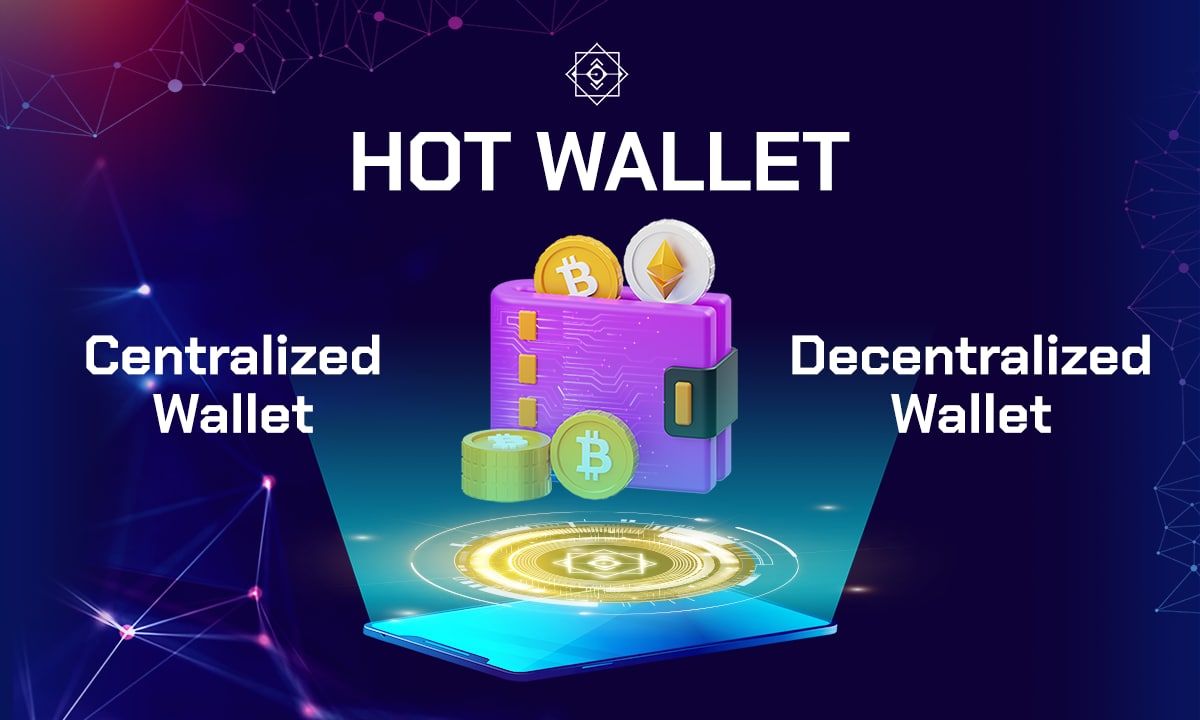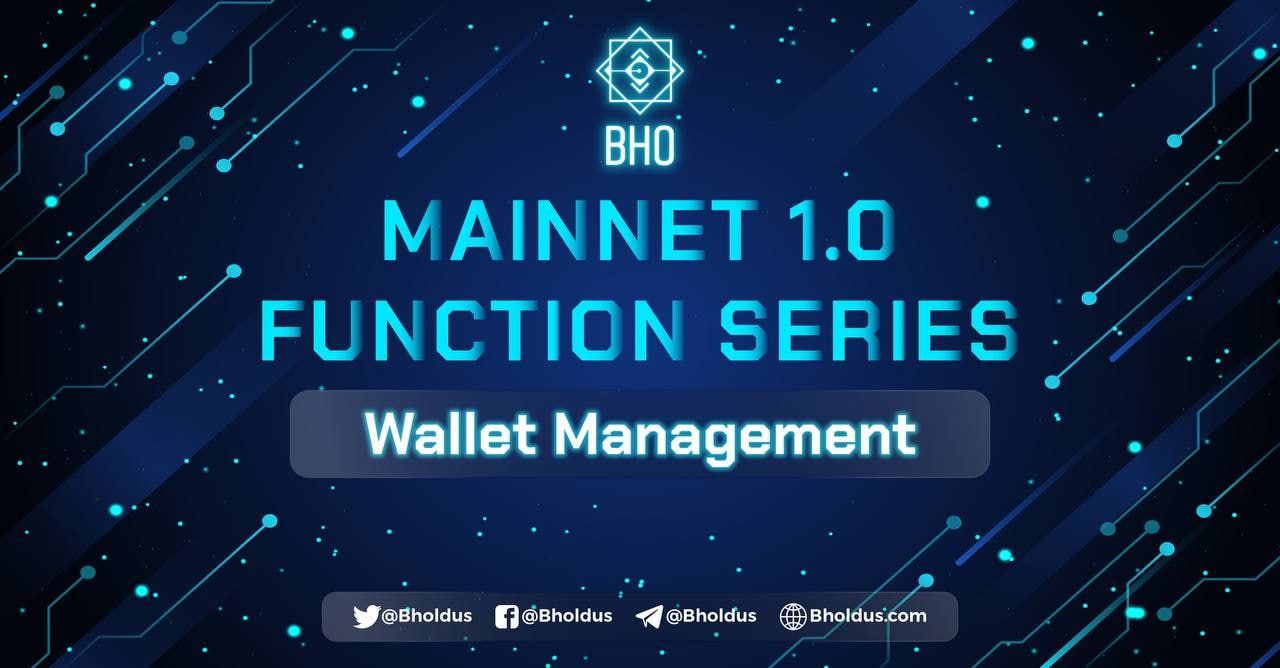- Blog
- Crypto News
- THE "KING" CANNOT START A REVOLUTION BY HIMSELF
THE "KING" CANNOT START A REVOLUTION BY HIMSELF
After the Bitcoin whitepaper was published in October 2008 under the pseudonym Satoshi Nakamoto, it ushered in a whole new era for the world of financial technology, while also initiating a revolution targeting the financial system, which was having a crisis of confidence at that time. However, although the “king” initiated the revolution, Bitcoin could not have done it alone.
Bitcoin emerged during a time of financial crisis, and distrust in banks and governments was at its peak. And Bitcoin was touted as the ultimate “salvation” solution that the financial system could then rely on. However, that was only in theory; reality has proven that Bitcoin and the Bitcoin network could not overcome the traditional financial system by themselves because of their limitations.
Making Bitcoin a means of cross-border, P2P, secure and fast international payments was a dream, and has always been a dream. Bitcoin Network itself has a very high level of security and decentralization, so naturally the network design of Bitcoin network has very limited scalability. As a simple example, the Bitcoin network can process up to 7 transactions per second and takes about 10 minutes for blocks to be confirmed, whereas Visa currently processes 1700 transactions per second on average, and can handle up to 24,000 transactions per second. While such a comparison is unfair because the Bitcoin network has a decentralized nature that traditional payment systems like Visa do not have, the blockchain network will still have to try to outdo its predecessors in order to become a financial system that can replace them.
The next limitation lies in the core architecture of the Bitcoin blockchain, which has never been designed for building applications on it. The core architecture of the Bitcoin network is as minimalistic as possible, so building any application on top of it is very difficult. After the Segwit softfork, developers were able to build Dapps on top of Bitcoin's Layer 2 scaling solutions such as Lightning Network or Rootstock, but of course, looking at the rapid development of blockchain technology and wide application needs, that alone is not enough.
There is no denying the “king”'s merit in initiating a new technology/finance movement that opens up new concepts and values. However, the world and blockchain have also evolved a lot since 2009, which means that Bitcoin needs parallel factors to complete the decentralized revolution it initiated. Various layer 1 blockchains have emerged to overcome the weaknesses of Bitcoin and even Ethereum. These networks are capable of handling large transaction volumes, ranging from tens to thousands of transactions per second, with transaction fees that are much cheaper than the Bitcoin network and with near-instant block validation times. The Solana network can process 2800 transactions per second and has a block validation time of only 0.4 seconds, while the Polkadot network processes about 1000 transactions per second with 4-5 seconds of block validation, and the Cosmos network processes up to 10,000 transactions per second and it takes about 2-3 minutes to validate a block of data. Each blockchain approaches the scaling problem with different solutions, by sacrificing some elements of security and decentralization in order to become more suitable for mass adoption. Layer 1 projects that use different Consensus Algorithms besides PoW such as PoS, NPoS, PoH, Tendermint PoS, etc. are much less energy consuming and environmentally friendly than the cumbersome, heavy and expensive PoW mechanism of Bitcoin.
At the same time, these blockchain platforms are designed to encourage application development, paving the way for blockchain's diverse new potential. Blockchain technology has not only stopped at a decentralized and absolutely secure ledger, but can now be applied to the fields of finance, art, entertainment, and more, and the “king” - Bitcoin - could not do that for Blockchain if it weren't for the emergence of alternative platforms.
BHO Chain - the blockchain network developed by BHO Network - is a high-speed, low-cost layer 1 platform solution that reduces the cost pressure on builders, while providing strong scalability. BHO Chain's NPoS consensus mechanism helps the network achieve Byzantine Fault Tolerance, high security and decentralization while still being able to handle large network throughput with low power consumption and being completely environmentally friendly. BHO Chain is also designed to support small and medium businesses to apply and deploy blockchain technology to optimize resources and capital, and successfully increase performance. The goal of BHO Chain in particular, and the entire BHO Network ecosystem in general, is to promote the development of blockchain technology, increase the application of blockchain in practice and multidisciplinary applications.
The rapid development of blockchain technology has partly made Bitcoin's technology somewhat obsolete compared to new technological solutions. However, as the pioneer, Bitcoin will still retain its position as the "king" in the crypto world, and be likened to "digital gold". But the global revolution that Bitcoin has initiated, will continue and be made possible by more potential succeeding blockchain platform solutions.
Published on November 09, 2022
Tagged topics
